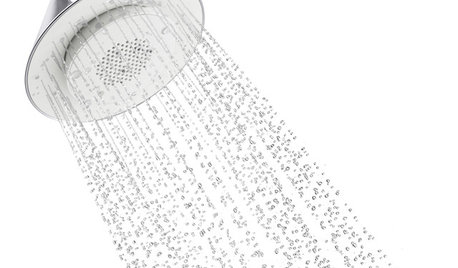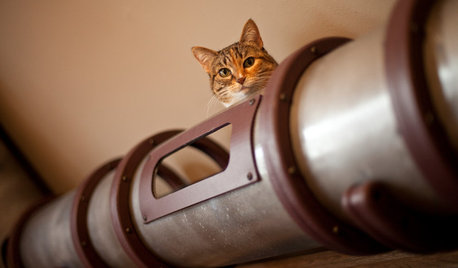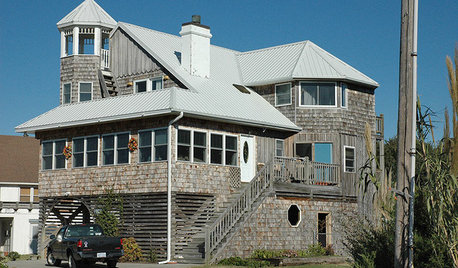Low ohms reading on old system
dan5500
12 years ago
Related Stories

HOME TECH3 Shower Sound Systems That Beat Your Clunky Old Radio
Stream music, radio and podcasts — and even take phone calls — right in your shower, with wireless and water-resistant sound systems
Full Story
BASEMENTSRoom of the Day: Swank Basement Redo for a 100-Year-Old Row House
A downtown Knoxville basement goes from low-ceilinged cave to welcoming guest retreat
Full Story
GREAT HOME PROJECTSHow to Add a Radiant Heat System
Enjoy comfy, consistent temperatures and maybe even energy savings with hydronic heating and cooling
Full Story
FUN HOUZZGeek Lab: How to Build a Steampunk Cat Transit System
Give your kitty another avenue for fun with a tubular walkway system that lets him go his own way
Full Story
GARDENING GUIDESHow to Install a Drip Irrigation System
Save time and water with a drip watering system in your vegetable garden — a little patience now will pay off later
Full Story
ORGANIZINGWant to Streamline Your Life? Get a System
Reduce stress and free up more time for the things that really matter by establishing specific procedures for everyday tasks
Full Story
REMODELING GUIDES8 Ecofriendly Roof Options for Low Budgets and Up
Save resources with a cooling or sustainable roof or add-on that looks great and fits your price range
Full Story
WINDOW TREATMENTSEasy Green: 9 Low-Cost Ways to Insulate Windows and Doors
Block drafts to boost both warmth and energy savings with these inexpensive but effective insulating strategies
Full Story
CONTEMPORARY HOMESHouzz Tour: A Stunning Low-Energy Home in the Cotswolds
Tucked into a hill next to a once-derelict barn, this new home follows a Passivhaus approach with contemporary flair
Full Story
KITCHEN COUNTERTOPS7 Low-Maintenance Countertops for Your Dream Kitchen
Fingerprints, stains, resealing requirements ... who needs ’em? These countertop materials look great with little effort
Full Story






lehua49
Related Professionals
South Elgin Landscape Architects & Landscape Designers · Summit Landscape Architects & Landscape Designers · West Chester Landscape Architects & Landscape Designers · Tempe Landscape Contractors · Athens Landscape Contractors · Byram Landscape Contractors · Hampton Bays Landscape Contractors · Harrisburg Landscape Contractors · Hayward Landscape Contractors · Hilton Head Island Landscape Contractors · Plantation Landscape Contractors · Red Oak Landscape Contractors · Sammamish Landscape Contractors · Elizabeth Solar Energy Systems · Voorhees Solar Energy Systems